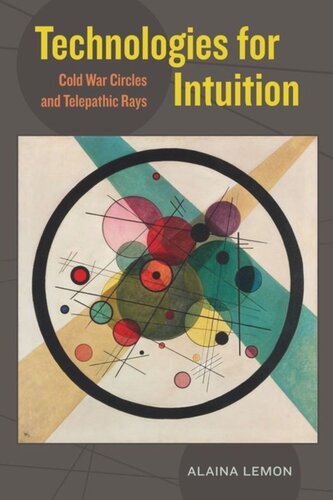

Most ebook files are in PDF format, so you can easily read them using various software such as Foxit Reader or directly on the Google Chrome browser.
Some ebook files are released by publishers in other formats such as .awz, .mobi, .epub, .fb2, etc. You may need to install specific software to read these formats on mobile/PC, such as Calibre.
Please read the tutorial at this link: https://ebookbell.com/faq
We offer FREE conversion to the popular formats you request; however, this may take some time. Therefore, right after payment, please email us, and we will try to provide the service as quickly as possible.
For some exceptional file formats or broken links (if any), please refrain from opening any disputes. Instead, email us first, and we will try to assist within a maximum of 6 hours.
EbookBell Team

0.0
0 reviewsSince the Cold War, Americans and Russians have together cultivated fascination with the workings and failures of communicative channels. Each accuses the other of media jamming and propaganda, and each proclaims its own communication practices better for expression and creativity. Technologies for Intuition theorizes phaticity—the processes by which people make, check, discern, or describe channels and contacts, judging them weak or strong, blocked or open. This historical ethnography of intuition juxtaposes telepathy experiments and theatrical empathy drills, passing through settings where media and performance professionals encounter neophytes, where locals open channels with foreigners, and where skeptics of contact debate naifs. Tacking across geopolitical borders, the book demonstrates how contact and channel shift in significance over time, through events and political relations, in social conflict, and in conversation. The author suggests that Cold War preoccupations and strategies have marked theoretical models of communication and mediation, even while infusing everyday, practical technologies for intuition.